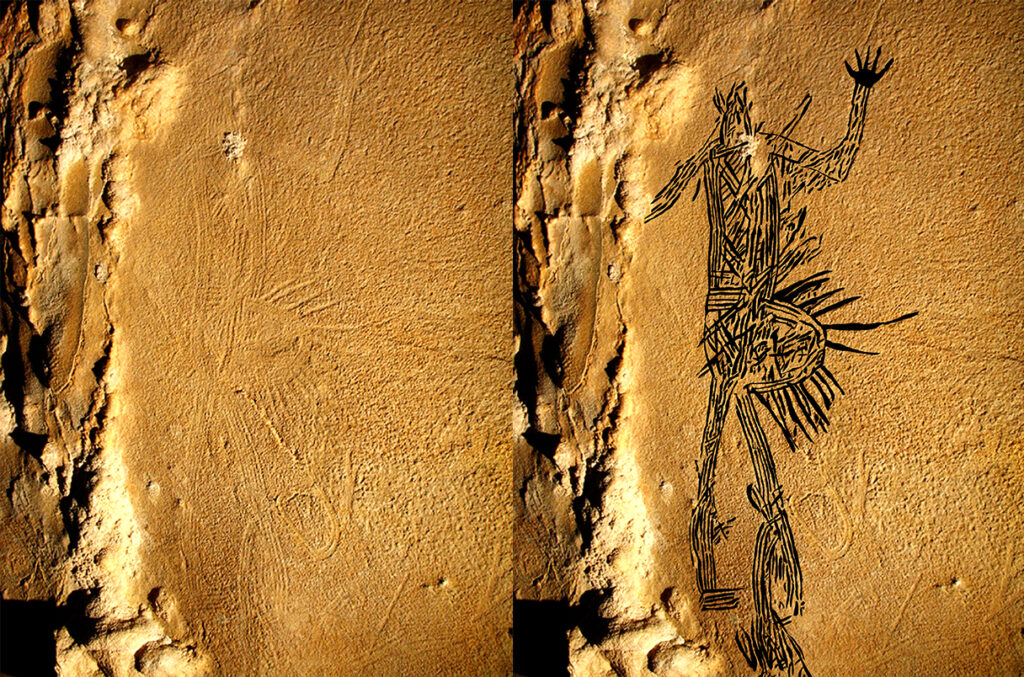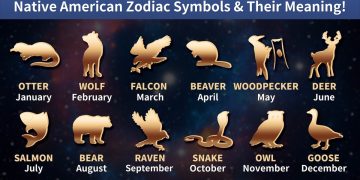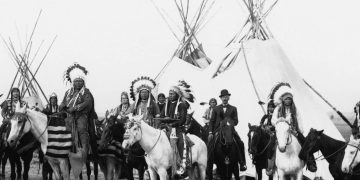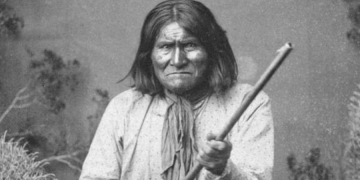In a remarkable discovery, archaeologists have unveiled the largest Native American cave art ever found in North America, thanks to advanced 3D scanning technology. Deep within a cave in northern Alabama, researchers revealed intricate etchings of human-like figures and serpents, made by Native Americans over 1,000 years ago.
The artwork was uncovered in the 19th Unnamed Cave, which is located on private land, and its ceiling art was not visible to the naked eye. For years, the faint markings were barely noticeable, but through the use of 3D photogrammetry—a process that creates detailed 3D models from multiple high-resolution photographs—the hidden glyphs came into full view.

The art includes three human-like figures, a swirling design with a rattlesnake tail, and a long serpent with scales. These glyphs range from 0.93 meters to 3.37 meters in length, making them the largest known cave art in North America. These images were likely etched into fresh mud on the damp cave ceiling, with charcoal remnants and wood smoke traces dating the work to the first millennium.
The team, led by Jan Simek of the University of Tennessee and Stephen Alvarez of the Ancient Art Archive, created the 3D model by capturing nearly 16,000 photos over two months. The model allowed them to manipulate lighting, revealing previously obscured images and offering a new, virtual way to explore the artwork.
The figures share similarities with other Southeastern and Southwestern Native American rock art and align with the broader Woodland period traditions, including pottery designs. The exact meanings of the images remain unclear, but they may represent spiritual or ceremonial themes, possibly linked to underworld beliefs.
This discovery highlights the significance of caves in Native American culture, often viewed as sacred spaces. It also underscores the power of modern technology in uncovering ancient art, providing new ways for researchers and the public to access and appreciate this vital part of Native American heritage.






